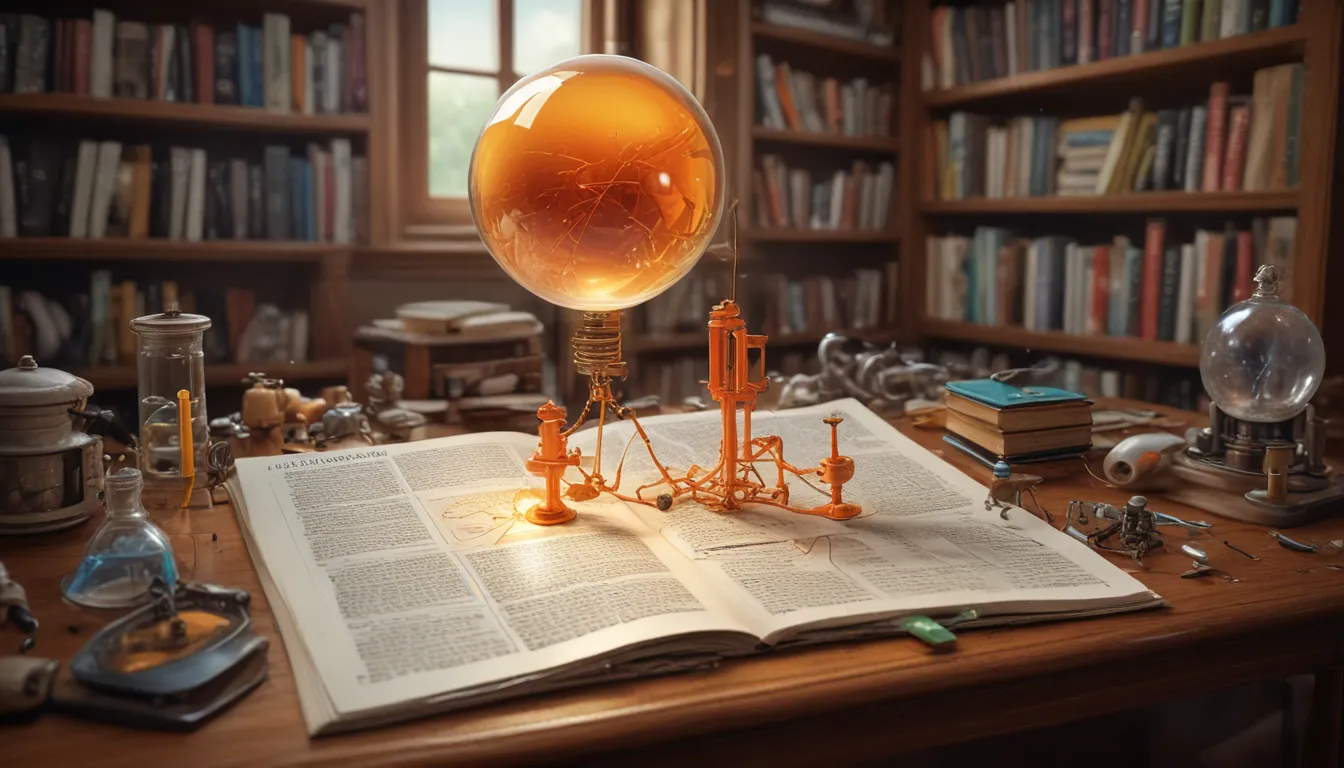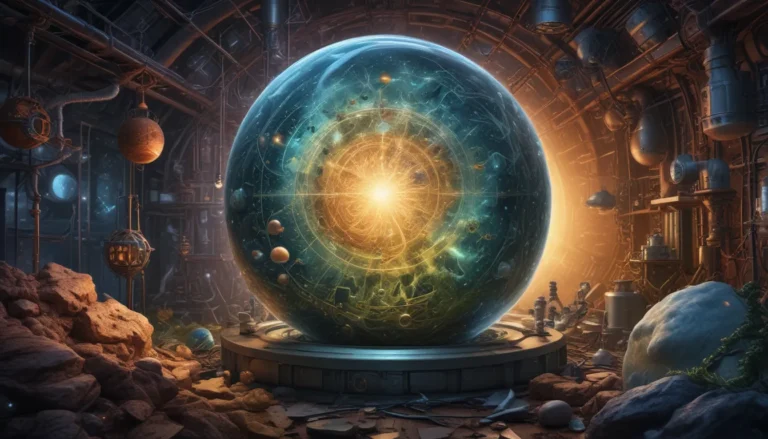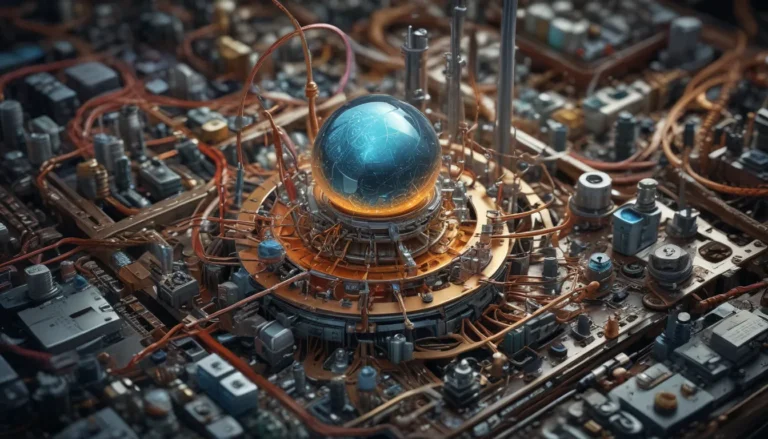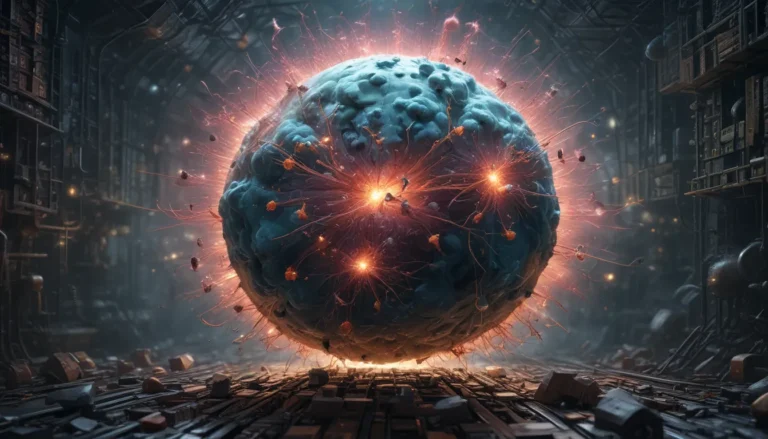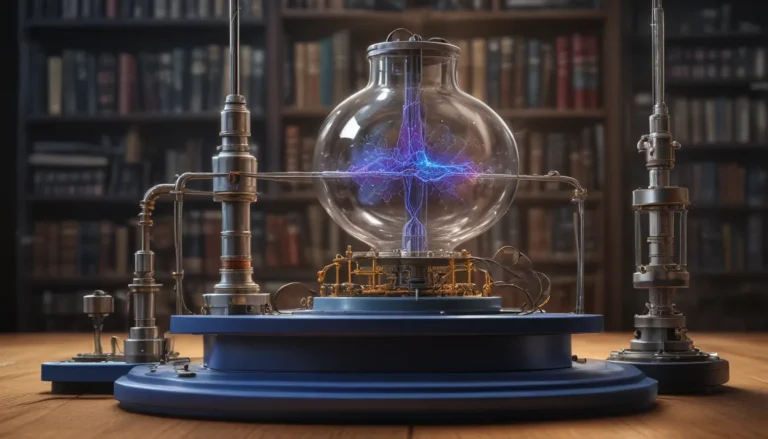A Note About Images: The images used in our articles are for illustration purposes only and may not exactly match the content. They are meant to engage readers, but the text should be relied upon for accurate information.
Have you ever wondered why rockets soar into the sky or why guns kick back when fired? The answer lies in Newton’s Third Law of Motion, also known as the action-reaction law. This fundamental principle, formulated by Sir Isaac Newton in the late 17th century, reveals the intricate relationship between forces in the physical world. In this article, we will delve into 11 enigmatic facts about Newton’s third law of motion, shedding light on its significance and applications in various fields.
The Dual Nature of Forces
Newton’s Third Law dictates that forces always exist in pairs. When one object exerts a force on another object, the second object exerts an equal and opposite force in return. This concept highlights the interconnectedness of forces in the universe and explains why actions always have corresponding reactions.
Exploring Conservation of Momentum
The action-reaction pairs defined by Newton’s Third Law play a crucial role in the conservation of momentum. In the absence of external forces, the combined momentum of interacting objects remains constant. This principle helps us understand how momentum is preserved in a variety of physical interactions.
Understanding the Balancing Act
Imagine standing on the ground and feeling your weight pressing down. This downward force creates an action force, while simultaneously, the ground exerts an equal and opposite reaction force on you. This balancing act showcases how forces interact to maintain stability in everyday situations.
Applications in Rocket Propulsion
Rocket engines operate on the principle of Newton’s Third Law. The burning gases expelled from the rocket nozzle create a strong downward force known as thrust, propelling the rocket upwards. This fascinating application demonstrates the law in action in the realm of space exploration.
Recoil in Firearms
When a firearm is fired, the bullet accelerates forward due to the explosion in the chamber. Simultaneously, the gun experiences a backward force, commonly referred to as recoil. This example illustrates how every action generates an equal and opposite reaction, as dictated by Newton’s Third Law.
Sporting Forces in Action
From swimming to kicking a ball, many sports involve the application of Newton’s Third Law. Athletes push against their surroundings to generate movement, experiencing equal and opposite forces that propel them forward. This law underpins the fundamental mechanics of sports activities.
Collision Dynamics
During collisions, the Action-Reaction Law comes into play. When two objects collide, the forces they exert on each other are equal and opposite, leading to changes in motion and potentially causing deformation of the objects involved. This phenomenon highlights how forces interact during impactful events.
Centripetal Force in Motion
In circular motion, such as a car navigating a turn, the action and reaction forces are pivotal. The tires exert a frictional force on the road, while the road exerts an equal and opposite force, providing the necessary centripetal force to keep the car moving along its curved path. This dynamic interaction showcases the intricate balance of forces in action.
Taking Flight: The Science of Lift
Newton’s Third Law elucidates the principles behind flight, particularly in airplanes. The wings of an aircraft generate lift by exerting a downward force on the air, resulting in an equal and opposite reaction force that propels the aircraft upwards. This application underscores the importance of balanced forces in achieving flight.
Upholding Conservation of Energy
In alignment with the Action-Reaction Law, the conservation of energy is a fundamental concept in physics. The energy transferred between objects during interactions remains constant, showcasing the interconnected nature of energy exchange. This principle underscores the importance of energy conservation in various physical processes.
Ensuring Stability in Structures
The Third Law contributes significantly to the stability of structures. The balanced forces exerted by a structure’s components on each other help ensure its sturdiness and integrity. By understanding and applying this law, engineers can design structures that withstand external forces and remain structurally sound.
Conclusion: Embracing the Mystique of Newton’s Third Law
Newton’s Third Law of Motion, known as the Action-Reaction Law, is a cornerstone of physics that dictates the relationship between forces in the universe. By grasping this fundamental principle, we can unravel the intricate connections between forces, momentum, and energy in our daily lives. From rocket propulsion to sports dynamics, this enigmatic law shapes our understanding of the physical world and inspires groundbreaking advancements in science and technology.
FAQs about Newton’s Third Law of Motion
- What is Newton’s Third Law of Motion?
-
Newton’s Third Law states that for every action, there is an equal and opposite reaction. It explains the balance of forces in the physical world.
-
How does Newton’s Third Law apply to everyday life?
-
Newton’s Third Law is evident in everyday scenarios, such as walking or driving a car. It governs the interactions between objects and influences motion dynamics.
-
Is there a limit to the forces involved in Newton’s Third Law?
-
Newton’s Third Law posits that forces are equal and opposite, regardless of their magnitude. This principle emphasizes the symmetry of forces in the universe.
-
Can you give an example of Newton’s Third Law in action?
-
A balloon-propelled car exemplifies Newton’s Third Law, where the air rushing out of the balloon generates a backward force on the balloon, propelling the car forward.
-
What is the significance of understanding Newton’s Third Law?
- Understanding Newton’s Third Law is essential for engineers and scientists as it enables them to design efficient machines, analyze collisions, and predict the behavior of objects in motion.
Newton’s Third Law of Motion holds the key to unraveling the mysteries of our physical world. By embracing the principles of action and reaction, we can appreciate the intricate dance of forces that govern the universe. Let the enigmatic nature of this fundamental law inspire you to explore the realms of physics and delve deeper into the wonders of the natural world.
